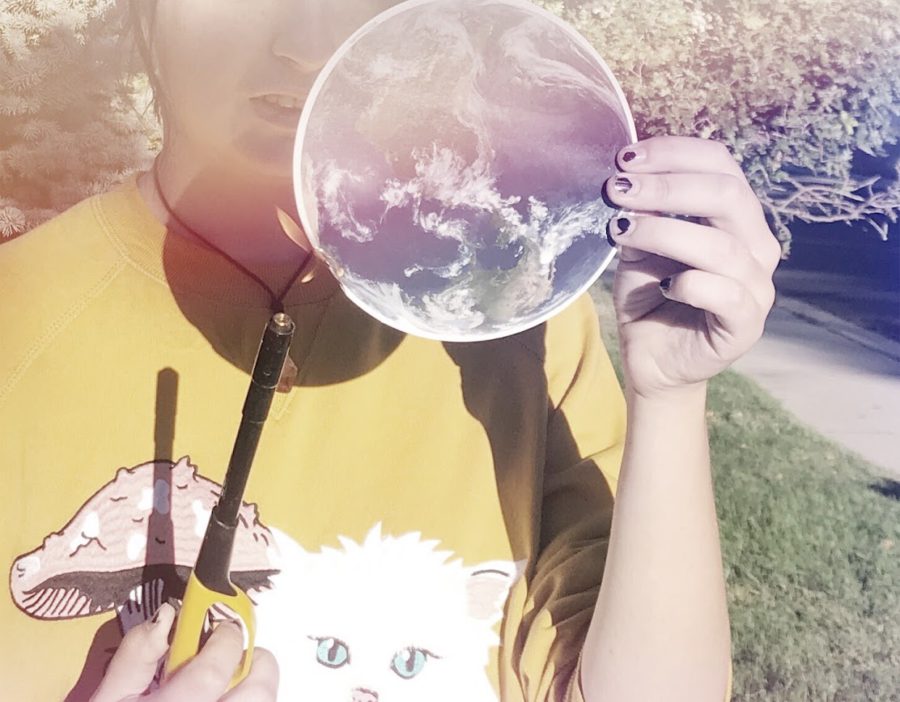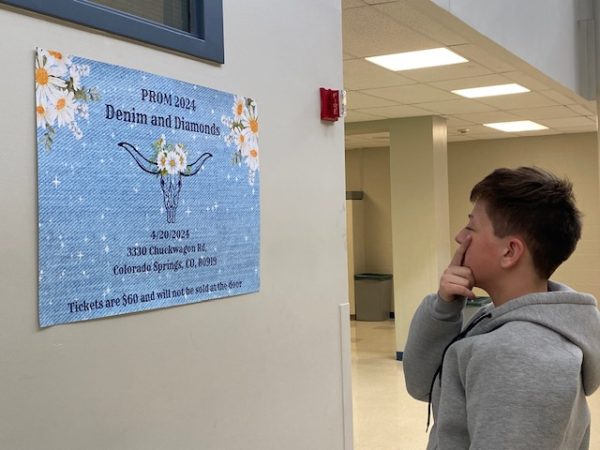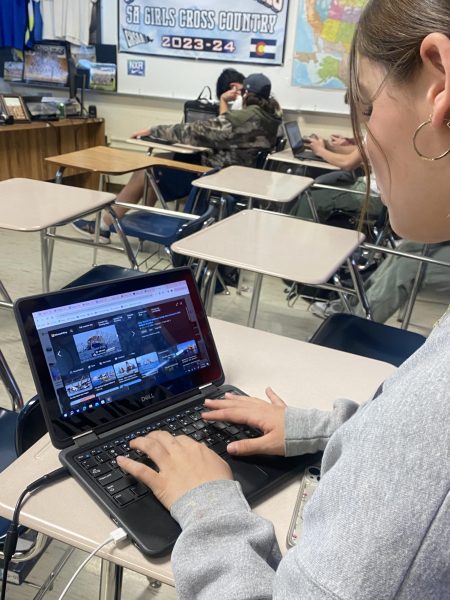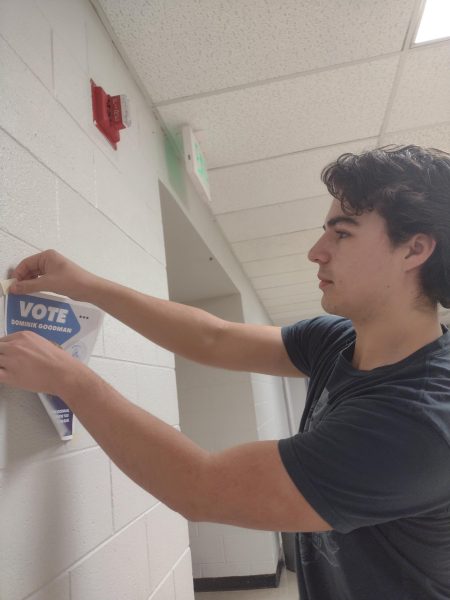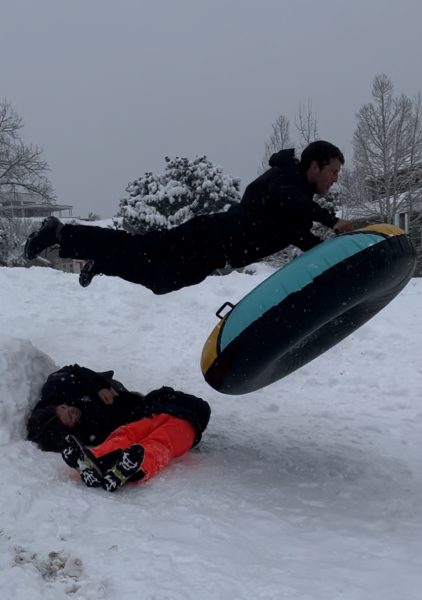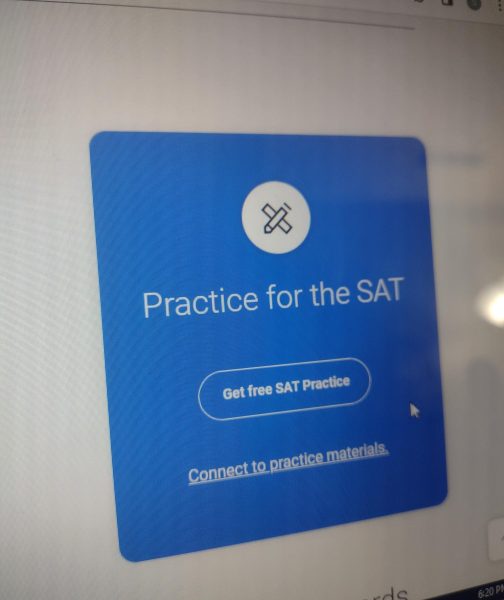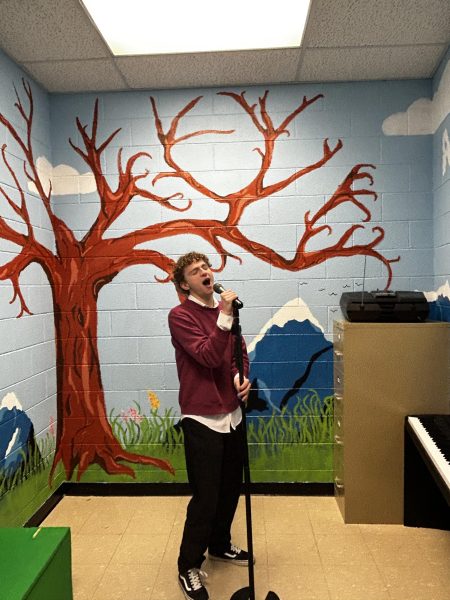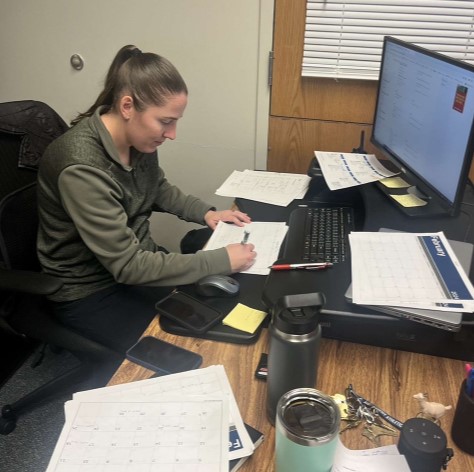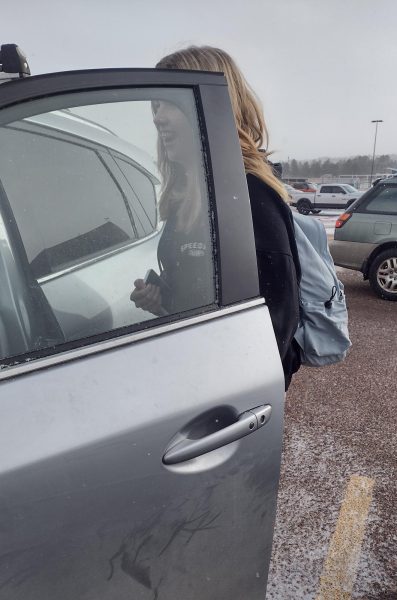Climate Change is the Biggest Problem Facing Our Generation
The Amazon Rainforest is still burning. This may not seem like a big deal, considering that here in Colorado, we have wildfires almost every summer. Wildfires are tragic, but not a threat to life as we know it.
Except when they are.
The Amazon Rain Forest makes up about half the planet’s remaining tropical rainforest. It hosts roughly 25 percent of our global biodiversity, meaning there’s a wide variety of plants and animals that call it home. The alarming speed at which the forest is burning brings up concerns about the future of the forest and its inhabitants, as well as the future of our planet.
Loss of the forest means we would lose hundreds of species, many of which are already endangered. In addition to that, the forest plays a vital part in maintaining the carbon-oxygen balance in our atmosphere. The fire threatens to turn the lush jungle into a dry desert.
Burns like this have taken place in the forest before. Farmers have been burning away small parts to gain access to the fertile soil for years. The problem is that the soil only remains fertile for a short time, so it isn’t long before they need to burn again.
The forest isn’t going to grow back the way people think it will. Pieces of it may, but it will never be the same. So much of it is being turned into farmland, there’s little chance of it growing back. While forests, especially rainforests, are historically resilient ecosystems, the fires are still a huge threat.
If we lost the Amazon, we would lose 6 percent of the oxygen produced by photosynthesizing living things. To do this, it absorbs large amounts of carbon dioxide. Also, because of the size of the fire, the rate of carbon being released into the atmosphere is growing rapidly.
The Amazon Rainforest fires are just one of the many examples of our dying planet. Despite the urgency of the situation, the news coverage of this story has been lackluster at best. When compared to the news coverage on Notre Dame, it’s frankly sad.
“People are anthropocentric,” said AP Environmental Science teacher, Nathan Chisholm. “They tend to focus on human stories and they don’t see the Amazon as a human story, even though it really is because we breathe oxygen and live on this planet.”
The Amazon is a story people should care about. It’s easy to distance oneself from something that doesn’t seem to directly affect our lives, but it does. The Amazon burning (and, by extension, climate change as a whole) directly affect us and the future of our planet.
Here’s the hard truth: Climate Change is the biggest issue faced by our generation. It’s real and it’s a threat to everyone, regardless of who you are or where you live.
The reality of climate change has been one of the biggest debates around for years. Currently, America is the only country whose world leader doesn’t believe in it. Donald Trump said that climate change is a Chinese hoax and suggested that windmills cause cancer; neither of these is true.
Carbon dioxide is one of the big things Environmentalists are worried about. It is one of many greenhouse gases emitted by the earth and the living things on it. When it is released into the atmosphere, it acts almost like the wall of a greenhouse, hence the name “greenhouse effect”. The gas traps the heat radiating off of the planet, which heats up the atmosphere.
Greenhouse gases are caused by a number of things. One is us. We breathe in oxygen and breathe out Carbon Dioxide. Fires like the one in the Amazon also give off a lot of CO2. Another major cause is pollution. The burning of fossil fuels like coal, oil, and natural gas, is one of the biggest sources of CO2 in the atmosphere.
There are other greenhouse gases too. Methane, nitrous oxide, and fluorinated gases are the other major ones. Methane is produced by the transportation of fossil fuels as well as a lot of agricultural practices. Waste (a.k.a. poop) gives off a lot of methane. Cows, in particular, are notorious offenders here. One cow releases about 30 to 50 gallons of methane a day, according to TED, and most of that is through burping. Given the roughly 1.5 billion cows on the planet, it’s safe to say that cows are a major part of climate change.
The direct effects of the greenhouse effect can be seen in the rapidly heating up planet. The earth’s global temperature naturally fluctuates. The ice age was caused by the global temperature being very low. However, the global temperature has been rising rapidly and rising far beyond the normal ups of the past.
While the past and the present are worrying, the biggest concern is the future. We need to change and we need to change now. We’re not talking about the end of the world; the world can live on. We’re talking about the end of humanity. If things continue as they are, we will create a world where we cannot survive.
Roughly 200 species go extinct every single day. There is literally a trash island floating around the Pacific ocean called the Great Pacific Garbage Patch. The Polar ice caps are melting. The Amazon is burning. We are losing control.
This is why people are leading the charge for change. Leaders like Swedish sixteen-year-old Greta Thunberg are shouting at the top of their lungs for change. Thunberg is just one of the thousands protesting all over the world. The September Climate Strikes, also known as the Global Week for Future, are a series of strikes that have been taking place globally. A large amount of these strikers are young.
It is easy to believe at our age that our voices do not matter, but they do. We can make a difference. It’s our future, so we can fight for it.
The biggest piece is education. A lot of people simply don’t understand how massive the issue truly is. That’s one of the primary goals of the climate strikes: to get draw attention to the situation.
Other things we can do are so simple, they’re often overlooked. Riding a bike instead of driving, or even just carpooling reduces the amount of gas released into the air. Turning water taps off, unplugging electronics that aren’t in use, and using reusable bags when shopping are all fantastic solutions.
Dietary changes, like meatless Mondays or vegetarianism and veganism, are one of the biggest simple changes that make a big difference. Eating less meat, especially red meat, and paying attention to where you get your meat from promotes better agricultural practices.
Of course, recycling is another key piece. If you don’t already have a recycling bin of some kind, get one. Research what can be put in it and what can’t. If possible, try composting. Try shopping for things secondhand at thrift stores. Not only does that reduce waste, but it’s also trendy these days. Take old clothes you don’t want anymore there too, instead of throwing them out.
Volunteering in your community can also have a huge ripple effect. Participating in events that involve picking up trash and reducing pollution help the planet as a whole, and also keeps colorful Colorado beautiful.
Some people, like our very own biology teacher, Cris Robson, choose more dramatic ways of caring for the planet.
Robson lives in a special eco-friendly home known as an Earth Berm house. Earth Berm houses are built mostly underground. There is no central heating or cooling system, so they usually rely on solar or wind power to regulate the temperature throughout the year.
Not everyone has the ability to buy solar panels or an entire earth berm house, but everyone has the ability to do something.
“I firmly believe,” said Robson, “That if you are not part of the solution, you are part of the problem.”

Eyo! I'm Kailey. This is my second year on the Jetstream Journal staff. I love writing and plan to study Journalism in college. I love classic rock and...



